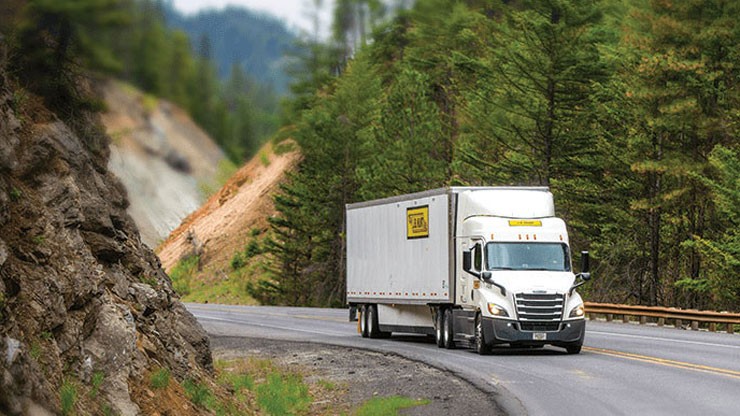Disruptions to the Canadian Supply Chain Emerge

The pandemic challenged the supply chain in many unexpected ways – and those surprises are still arriving nearly two years later. It’s happening right now in Canada, where impacts that began in last months of 2021 have expanded into larger-scale international shipping disruptions.
The current supply chain issues in Canada have similarities to the disruptions felt earlier in other countries. And as the Canadian logistics industry attempts to work through their current situation, J.B. Hunt finds itself in a position to help. What’s happening in Canada – and the cross-border solutions we can offer – continues to be a focus for J.B. Hunt.
What is impacting the Canadian supply chain?
Canadian cross-border supply chains are starting to experience the same disruptions that have been felt throughout the rest of global supply chains, including:
- A limited supply of import ocean containers
- Port congestion
- A scarcity of drivers and equipment
Even as volume remained high amid consumer demand for retail, home improvement and other durable goods, the supply of carriers moving freight between Canada and the U.S. and Mexico had been strong with very limited capacity concerns. Unfortunately, during the final months of 2021, the first cracks started to appear. The disruption to the flow of freight crossing the border between the U.S. and Canada has continued into 2022.
How supply chain issues can impact international shipping
The first crack in the supply chain occurred when many COVID-era relief packages were allowed to expire at the end of October. These additional funds from the Canadian government allowed companies and small owner operators to continue to run their fleets without resorting to layoffs of their existing drivers and staff.
Second, the massive flooding in British Columbia in mid-November essentially cut off all major highways and railroads for several weeks during the height of holiday shipping. This weather event resulted in many Canadian truckload fleets diverting their cross-border trucks to service the supply of goods into and out of British Columbia. It helped alleviate peak shipping pressures in the flood-affected region, but created a shortage of available trucks elsewhere. This impacted the flow of goods and raw materials from the U.S. into the Canadian markets.
As we’ve moved into the new year, the Canadian market has been hit with a third major constraint to capacity. The Canadian Border Services Agency and the U.S. Customs and Border Protection agency began requiring vaccines for all non-national citizens and drivers to enter into each respective country. The Canadian mandate went into effect on Jan. 15 and the U.S. followed on Jan. 22. While these mandates have been communicated for several months to enable companies and their drivers time to get in compliance, it had been difficult to determine how large the impact to supply chain would be. Now, research from the Canadian Trucking Association and the American Trucking Association estimate that up to 16 percent of the driver base could be impacted by recent enforcement of the dual mandates.
What is J.B. Hunt doing to help?
As we continue to evaluate the impacts of these various challenges, we expect pricing and capacity to continue to be very volatile for the next several weeks. We will strive to help our customers find cost effective methods of securing truckload capacity. Another potential solution is via J.B. Hunt Intermodal, and we’ll continue to offer our customers opportunities to convert shipments to rail as possible.
With an industry-leading intermodal network and the scale of our truckload operations, J.B. Hunt believes it is well positioned to help customers move freight across the Canadian border. Contact us today to learn how we can solve your logistics needs.

